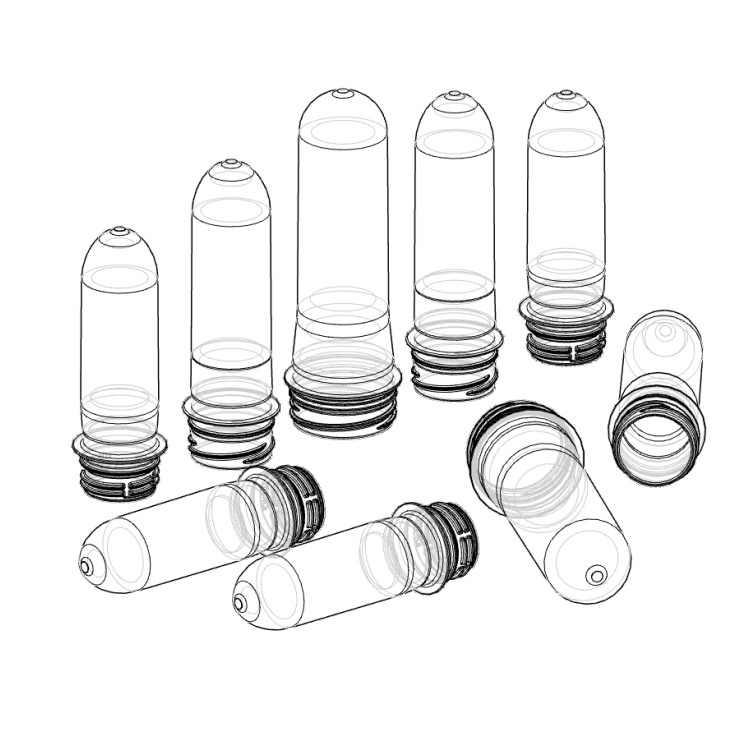Understanding PET Molding Techniques for Better Bottles
PET molding shapes the bottles seen everywhere, from water jugs in fridges to soda containers at corner stores. This process, both simple and complex, transforms plastic preforms into sturdy, clear vessels that help drinks stay fresh. The quality of a bottle—whether it feels flimsy or withstands rough handling—often depends on molding techniques.
Foshan BJY Precise Technology Co., Ltd., based in a 4,000-square-meter facility in Foshan, China, has been refining these methods since 2011. BJY crafts precision molds for high-speed production lines, using imported aluminum alloys to produce bottles that can meet global standards for water, sodas, and more.
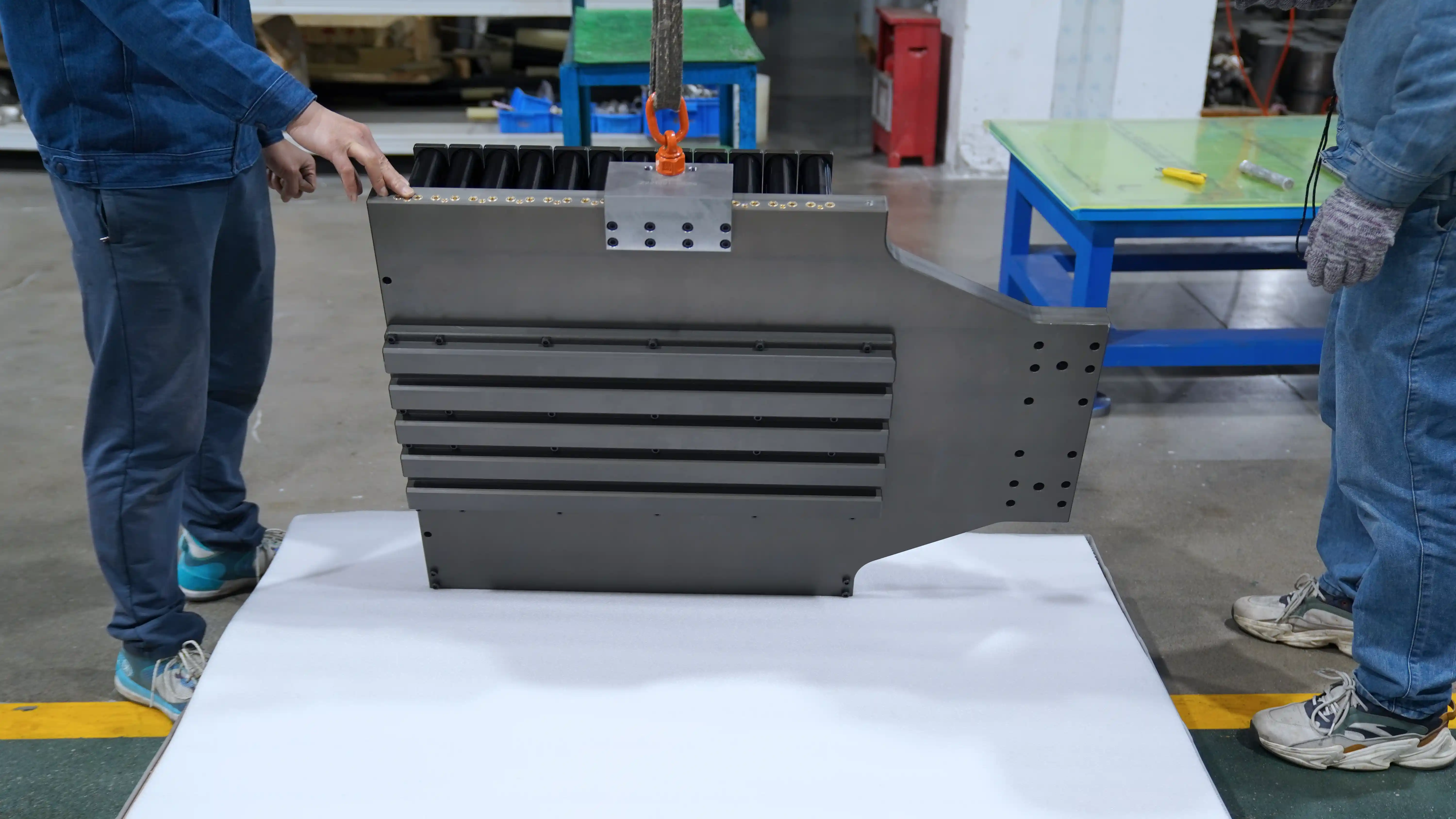
What Makes PET Ideal for Molding?
PET, or polyethylene terephthalate, excels in bottle production due to its strength and flexibility. It heats, stretches, and cools without much trouble, yielding clear, durable results. The right techniques unlock its full potential.
High Thermal Stability Ensures Even Shaping
PET maintains consistency under heat, allowing uniform expansion during molding. BJY’s 2L aluminum blow mold, designed for KHS machines, uses imported aluminum alloy with rapid cooling to improve bottle wall uniformity. A beverage factory reported a 20% drop in defects with this mold, reducing uneven sides in carbonated drink bottles.
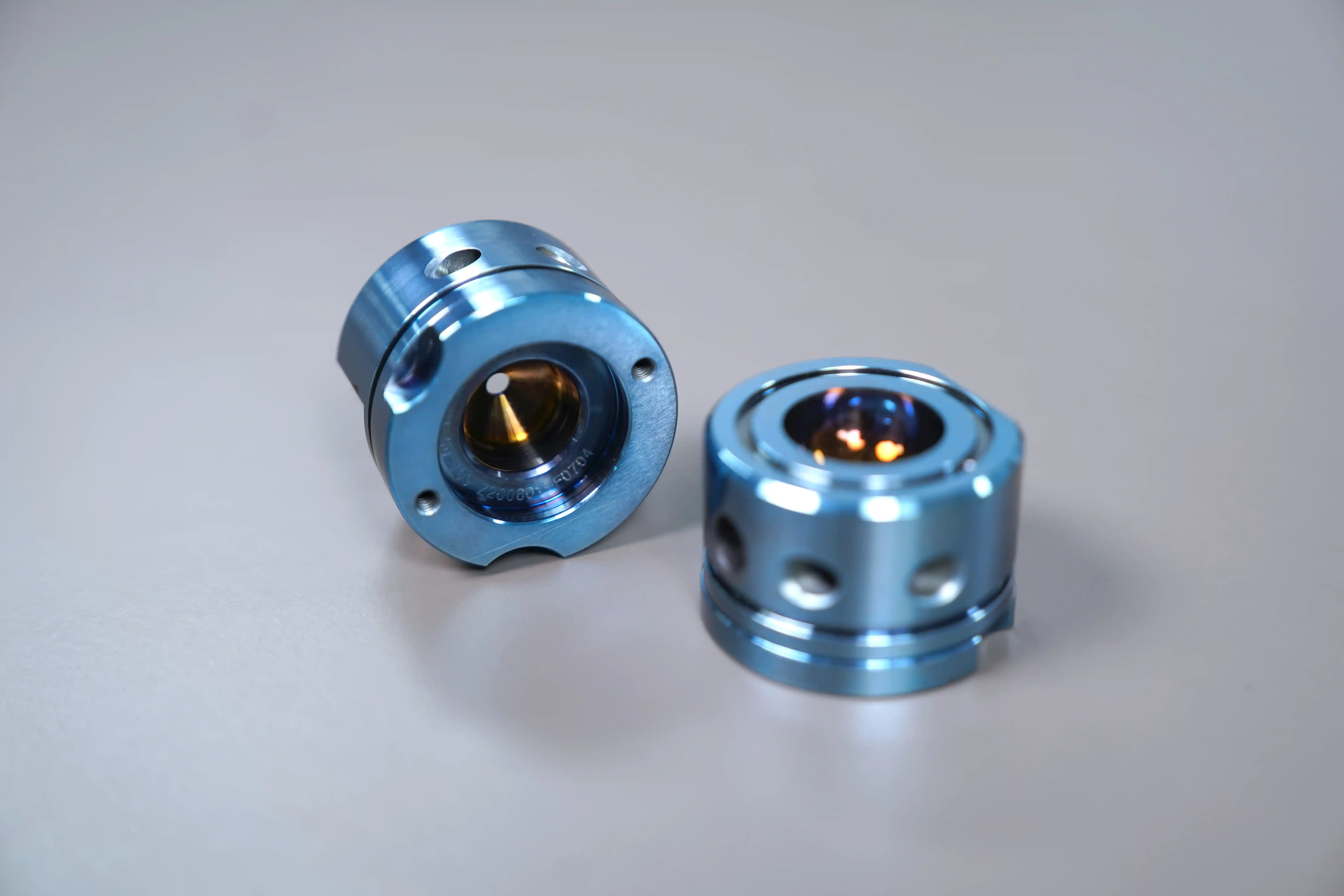
Recyclability Supports Sustainable Production
PET’s recyclability aligns with eco-friendly packaging. BJY’s 12.5g cavity works with recycled resins, producing lightweight preforms for yogurt cups while still keeping strength at a practical level.
Versatility Fits Multiple Bottle Shapes
PET adapts to various designs, from slim necks to wide bases. BJY’s 13.5g cavity flange supports 29/25 neck finishes, suitable for edible oils or cosmetics. A pharmaceutical company applied a customized version for dropper bottles, achieving more reliable leak resistance on their high-speed line.
How Does Blow Molding Work with PET?
Blow molding involves heating a preform, stretching it, and inflating it with air to form a bottle against mold walls. It’s fast—often seconds per bottle—and perfect for high volumes, but missteps lead to rejects.
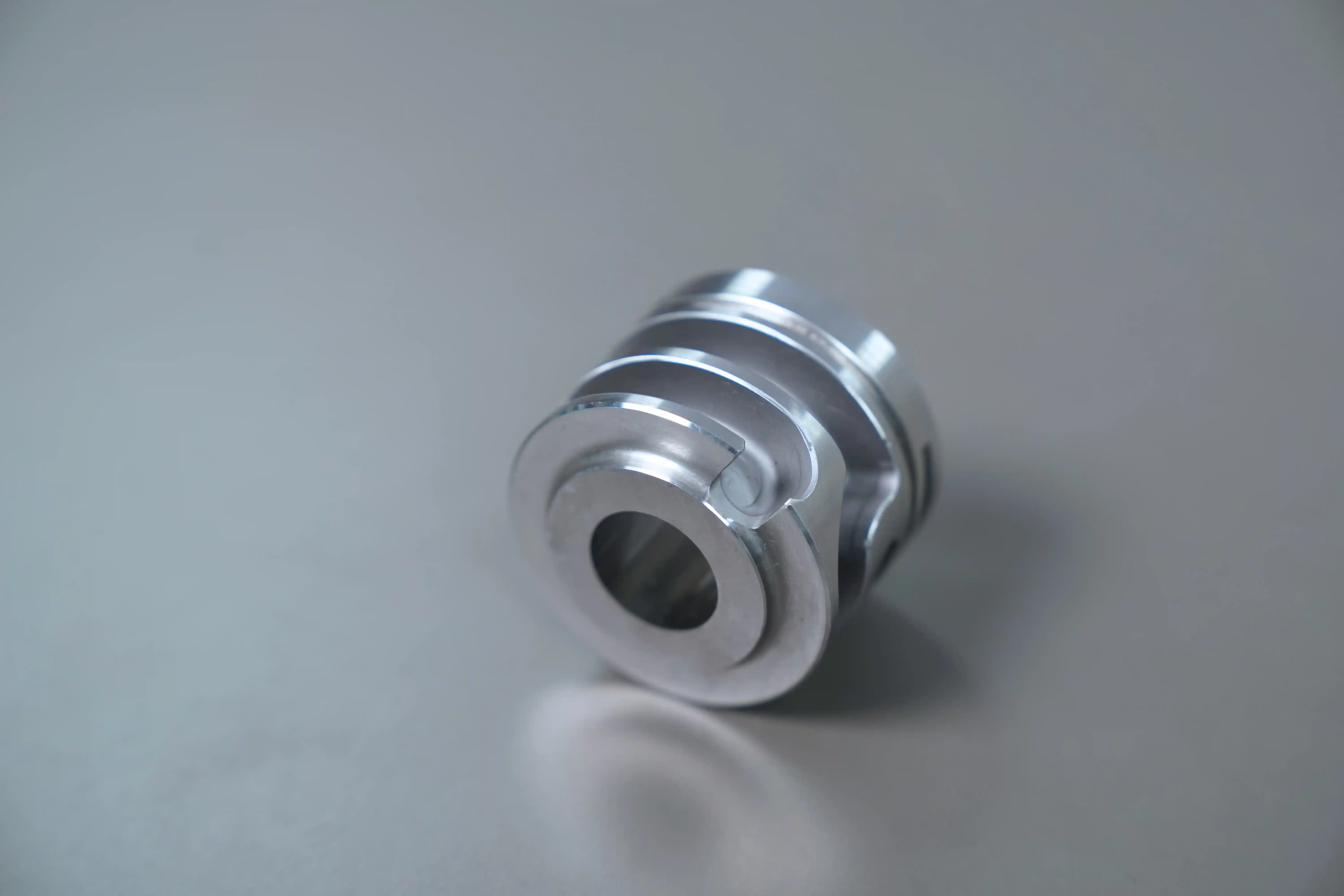
Preform Heating Prepares Even Expansion
Heating preforms to the right temperature helps achieve smooth stretching. BJY’s 555ml PET blow mold uses sandblasted bottoms for easier release, with ovens set at 85–95°C to reduce uneven walls. For soda lines, this helps avoid cloudy bottles and improves clarity.
Stretching Rod Guides Uniform Distribution
A rod stretches the preform downward, distributing plastic more evenly. BJY’s 48.2g preform mold aligns rods to limit thin bottoms, common in oil bottles. One client reduced waste by 10% after correcting slight rod misalignment, improving overall output.
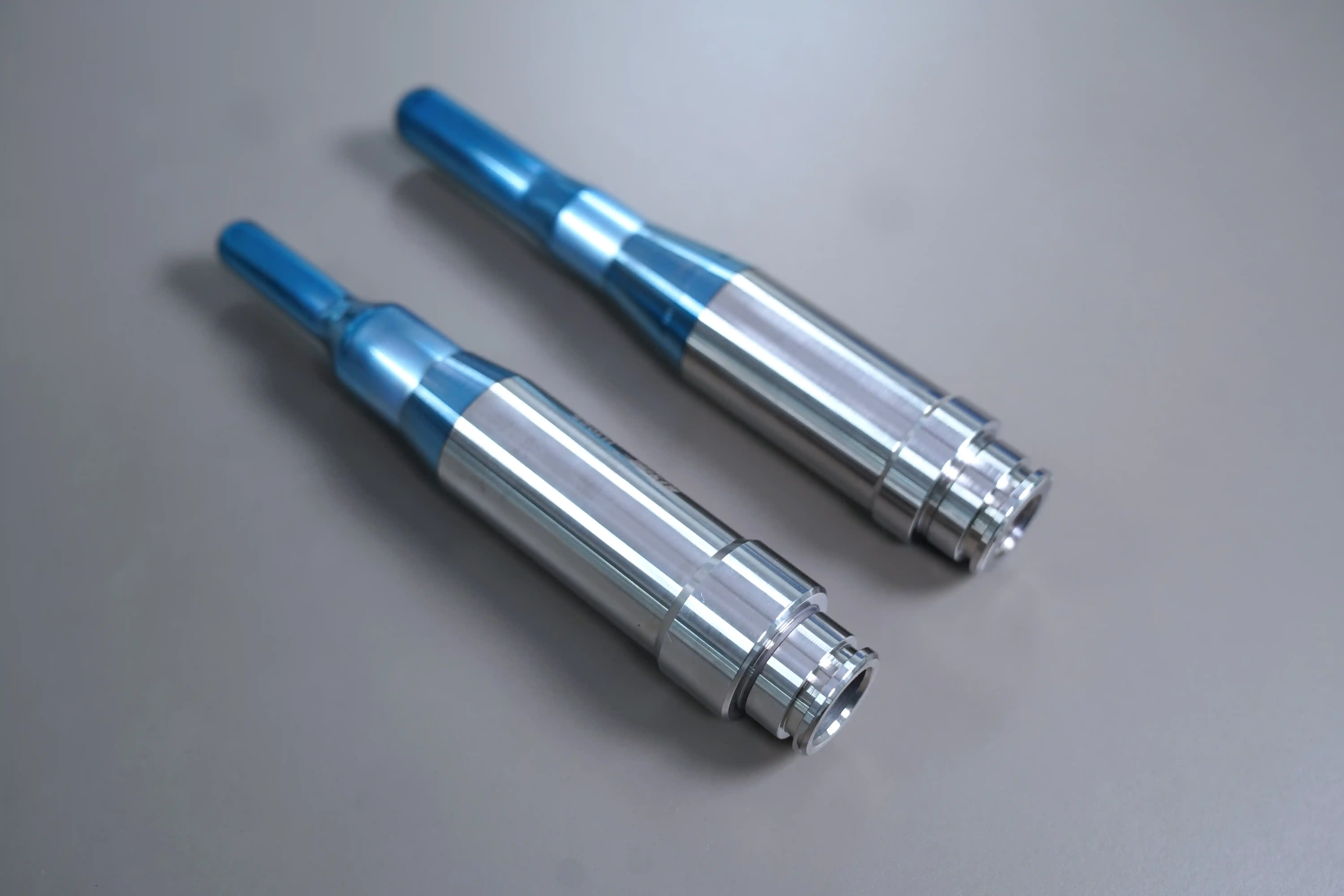
High-Pressure Inflation Forms Final Shape
A rod stretches the preform downward, distributing plastic more evenly. BJY’s 48.2g preform mold aligns rods to limit thin bottoms, common in oil bottles. One client reduced waste by 10% after correcting slight rod misalignment, improving overall output.
What Are Common Challenges in PET Molding?
Molding PET isn’t without hiccups. Uneven walls, weak spots, or cloudy finishes can disrupt lines and raise costs. Catching issues early saves time and materials, based on BJY’s 20 years of tackling these problems.
Misalignment Leads to Wall Variations
Off-center rods or air holes can create uneven thickness. The 13.5g flange’s modular design helps correct this, promoting more balanced walls for juice packaging. Routine checks lower the chance of warpage.
Insufficient Pressure Results in Weak Bottoms
Low air pressure may result in unstable bottoms. Adjusting to 30–40 bar in the 555ml mold strengthens bases for teas or sodas. Regular pressure monitoring helps maintain performance, especially in fast production environments.
How Can Heating Be Optimized for PET?
Heating controls preform temperature, directly affecting bottle strength and clarity. Proper settings prevent most molding flaws, a focus in BJY’s daily operations.
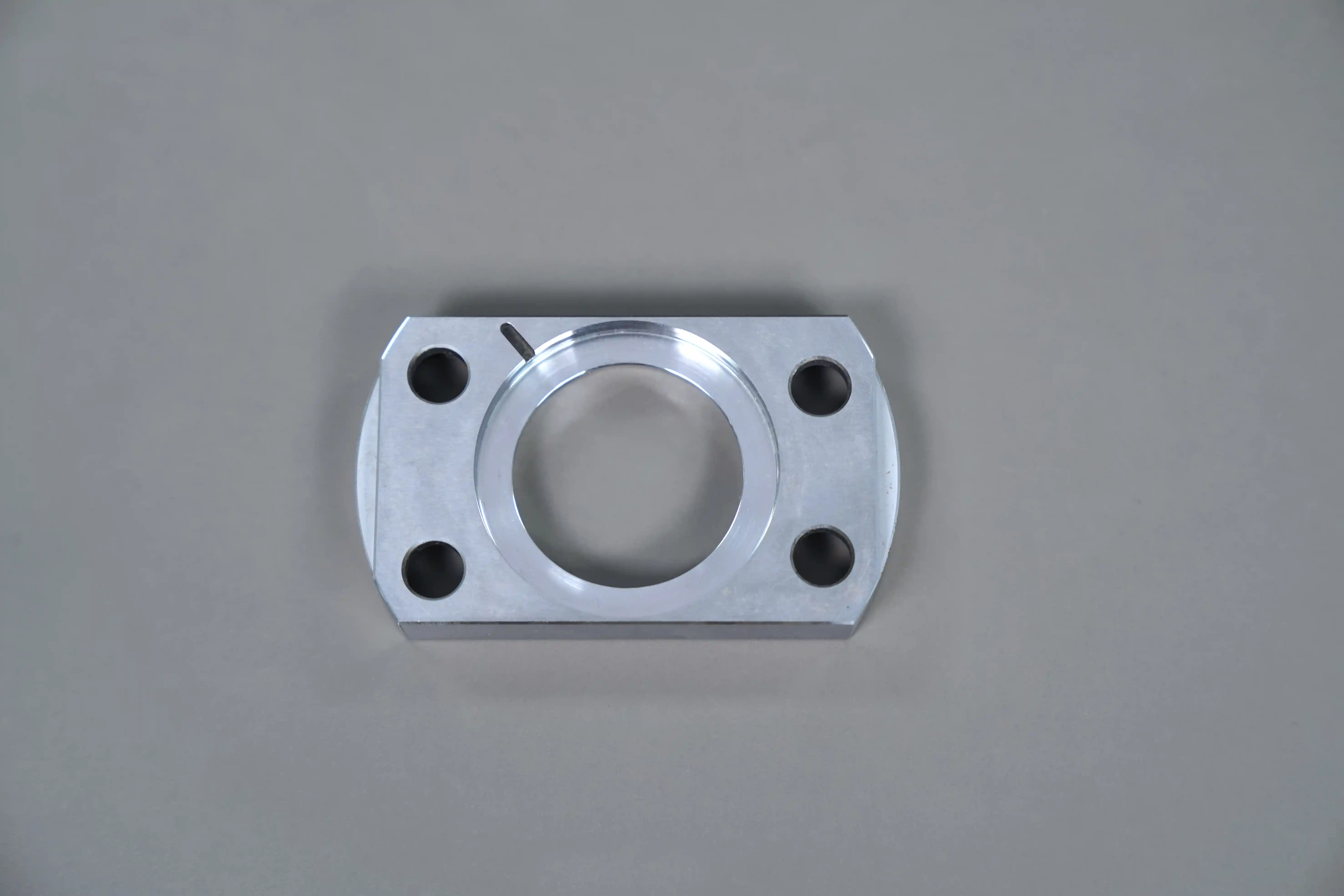
Adjust Oven Settings for Consistent Temps
Fan power at 45–55% works for most preforms. For thicker bottles, front lamps may be increased; for thinner ones, dialed back.
Monitor Rotation to Avoid Hot Spots
Preforms spin in ovens for more uniform heating. The 12.5g cavity encourages stable rotation, lowering defects in health product bottles. Without this, one side may overheat.
Use Protection Limits for Safety
Capping temps at 125–130°C helps prevent blowouts. The 2L mold includes safeguards, useful for functional drink runs in warmer conditions.
Why Choose Injection Molding for PET Preforms?
Injection molding forms precise preforms before blowing, enabling complex designs and scalability. It’s a game-changer for brands aiming to stand out.
Monolithic Cavities Boost Precision
One-piece cavities reduce seams for smoother flow. BJY’s 12.5g cavity keeps weight variation within 0.3% for water preforms. A cosmetic client switched to it, cutting leaks in spray bottles.
Hot Runner Systems Speed Up Cycles
Hot runners keep plastic flowing, cutting cycle times. The 48.2g mold pairs with them for oil containers, producing thousands without slowdowns. Faster cycles mean more bottles and bigger profits.
Customization Handles Unique Necks
Tailored necks fit specific caps, like 29/25. BJY’s flange adapts to dairy lines. A personal care brand needed custom threads; a quick trial and test helped them reach stable production.
What Role Does Material Quality Play in PET Molding?
High-quality materials extend mold life and reduce repairs. Cutting corners here leads to frequent replacements, a costly mistake BJY avoids with premium alloys.
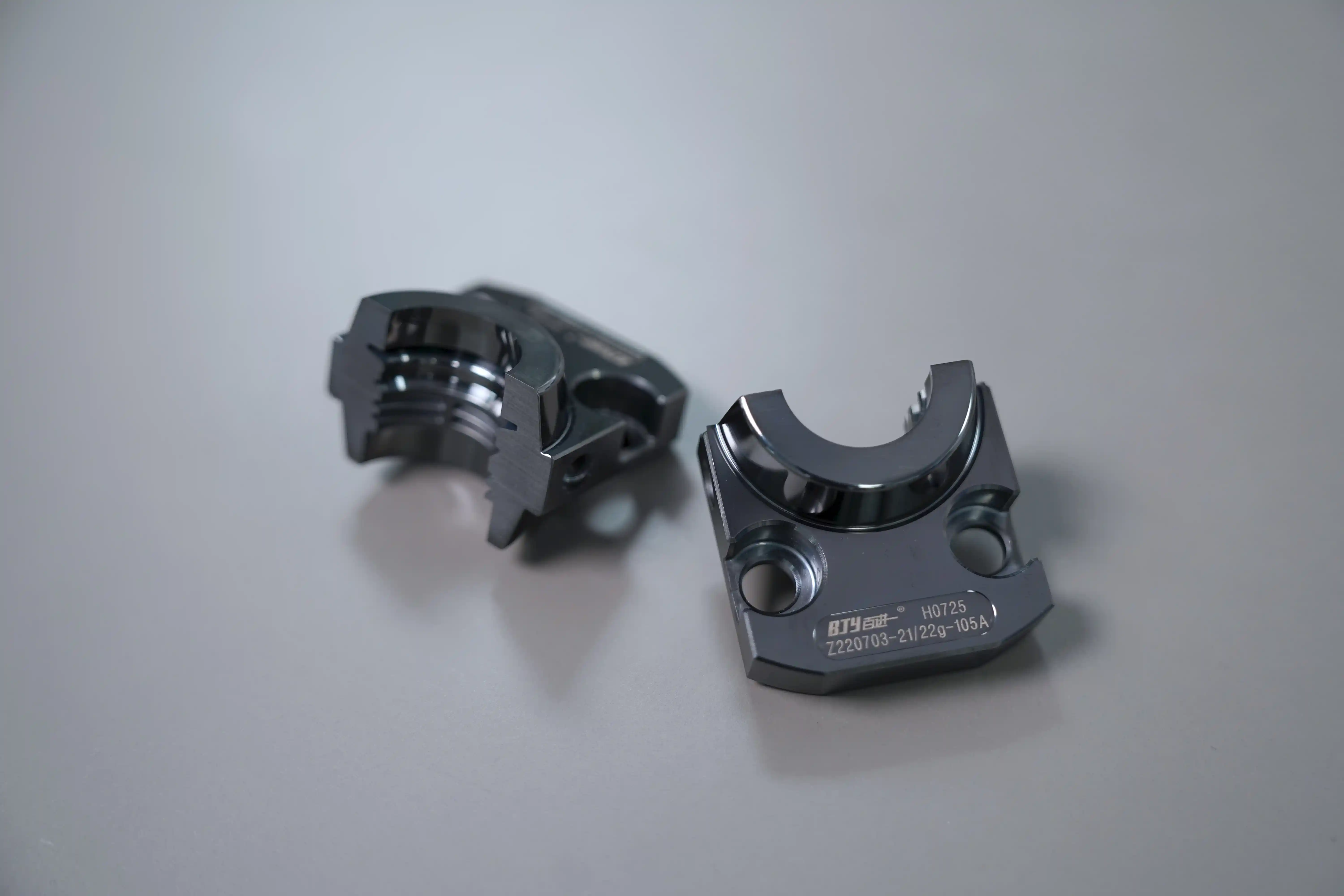
Aluminum Alloys Offer Quick Cooling
Lightweight aluminum material cools quickly and maintains stable temperature. Reports indicate that 555ml molds can be cleaned properly and reused for years, with customers noting lower risk of corrosion and energy efficiency..
Surface Treatments Improve Release
Sandblasted bottoms ensure clean bottle release. The 2L mold gives cosmetics a premium finish, minimizing rejects. Japanese clients love this for its polished look straight off the line.
Steel Flanges Add Structural Strength
Steel tolerates pressure and is tested for corrosion resistance. The 13.5g flange works well in humid conditions for medical packaging, helping maintain secure seals.
How Do BJY Molds Solve Real Production Issues?
BJY molds has improved over the years through customer feedback to improve the various challenges faced by the factory on a daily basis, from defective bottles to slow production lines.
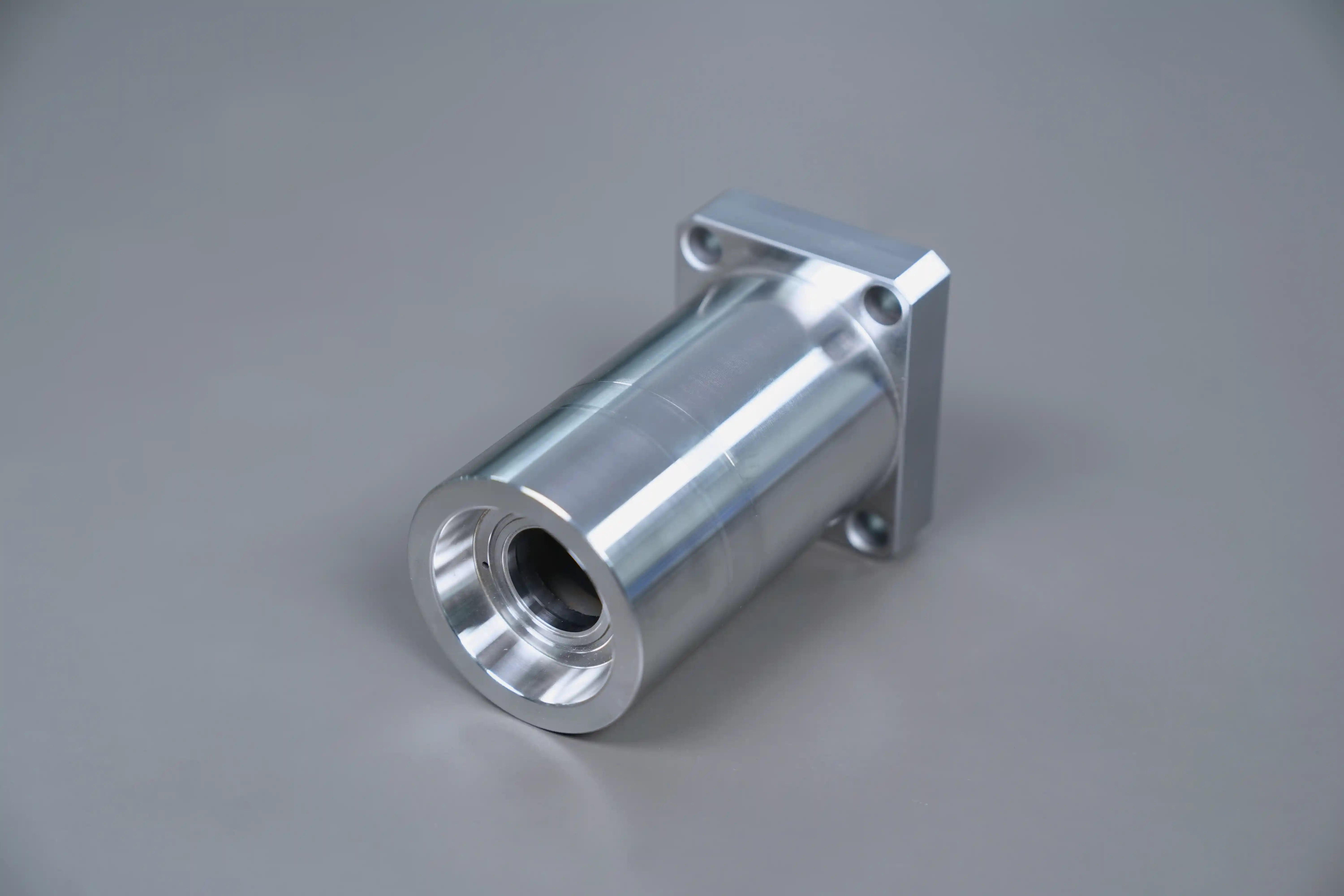
Precision Fixes Uneven Thickness
Careful machining promotes more uniform walls. The 12.5g cavity reduced one factory’s rejects from 8% to 2%, lowering material waste.
Durability Cuts Maintenance Needs
Hardened surfaces tend to need fewer stops. The 48.2g mold required less downtime in carbonated drink lines, saving clients weekly operating hours.
Versatility Supports Custom Shapes
Adaptable molds work for juices or oils. BJY uses reverse engineering to turn samples into molds quickly, helping brands with unique designs.
FAQ
Q1: What Temperatures Work Best for PET Preform Heating?
Start at 85-95°C, adjusting for preform thickness—thicker ones may need up to 100°C. Testing a batch first avoids surprises.
Q2: How Often Should Mold Alignment Be Checked?
Daily for high-speed lines, or at least weekly. A quick measurement catches issues before they ruin a run.
Q3: Can BJY Molds Handle Recycled PET?
Absolutely, the 12.5g cavity is designed for recycled resins, maintaining strength for sustainable production. Just ensure proper resin drying.
Disclaimer
The brand names and logos of sidel, husky, KHS, sacmi.sipa, netstal, etc., are registered trademarks owned by their respective legal holders. All mentioned trademarks and brand names in this article are used solely for the purpose of illustrating product compatibility and suitability. BJY does not claim any rights to the aforementioned trademarks and has no affiliation, authorization, or partnership with the companies mentioned. Any references herein do not imply that our products are original factory parts or have received official recognition from the manufacturers.


